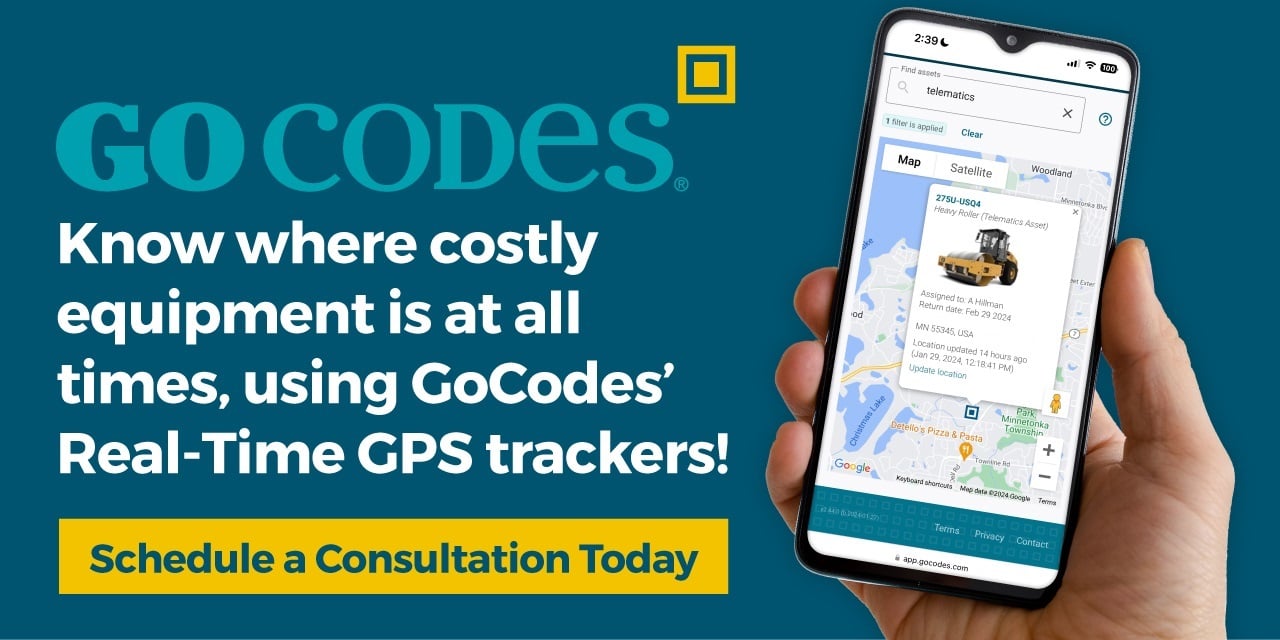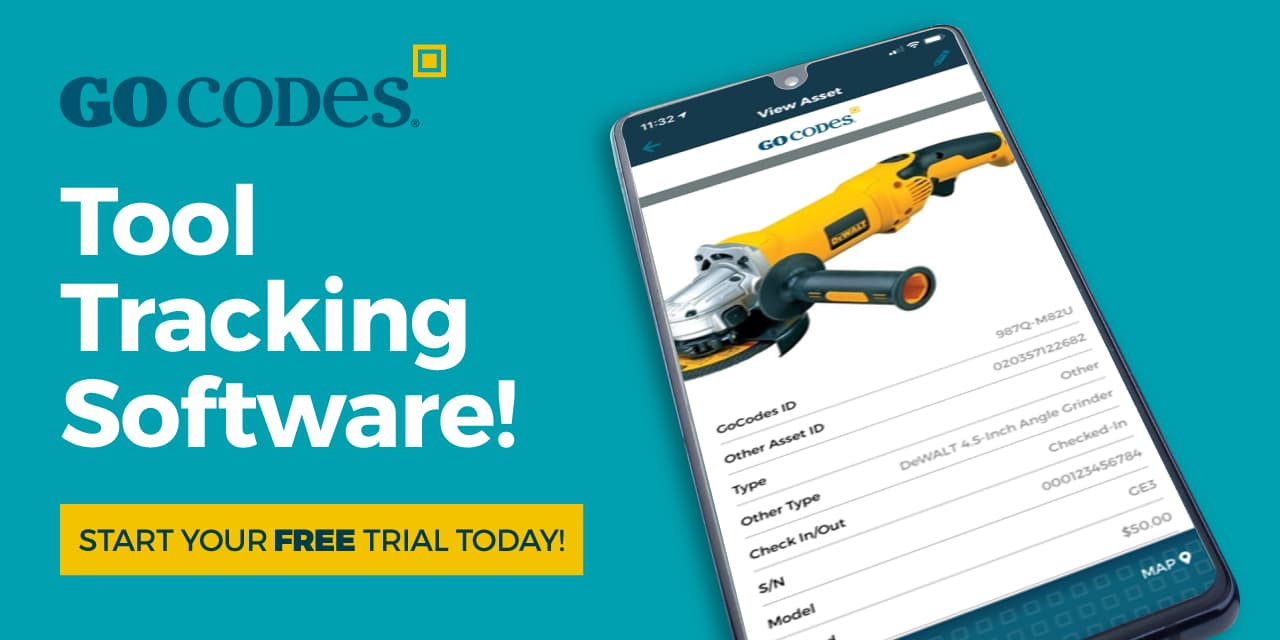Key Takeaways:
- Monitoring fleet driver behavior reveals patterns across your fleet, helping you correct risky behaviors and prevent misuse.
- One crash can cost over $78,000, but spotting unsafe driving behavior early helps prevent it.
- Harsh braking, speeding, and idling accelerate vehicle wear.
- Transport Rivals saved 64,000 liters of fuel per year just by tracking and improving driver behavior.
Managing your fleet vehicles isn’t enough to guarantee efficient operations.
Companies are starting to realize that the way drivers behave on the road is just as crucial.
Monitoring fleet driver behavior is especially important if you’re dealing with high fuel costs, frequent repairs, or safety worries.
So, in this article, we’ll explore the top six benefits this practice can bring to your business, from improving safety to saving money.
Let’s dive in.
In this article...
Improved Driver Safety
Accidents and vehicle crashes are a major concern for any business with vehicles on the road.
And, when you think about it, most incidents are not caused by sudden vehicle problems or other unpredictable events.
Instead, the primary factor is often how the driver operates the vehicle.
Several specific behaviors can endanger driver safety, including:
- Speeding
- Not wearing a seatbelt
- Harsh braking or accelerating
- Aggressive cornering
- Distracted driving (e.g., using a phone)
Fortunately, you can influence and improve this.
Modern telematics and vehicle tracking systems use GPS and other sensors to collect precisely this driver behaviour data.
Tony Smith, Driver Safety Manager at the global automotive services leader Holman Automotive, echoes this statement, saying that the right driver monitoring technology can make a significant difference.

Illustration: GoCodes Asset Tracking / Quote: Worktruck
Of course, safety training is a must, but even well-trained drivers can develop unsafe habits over time.
Monitoring tools that track the right data can shine a light on these behaviors before they lead to an accident.
Plus, ensuring driver safety can save you from the major costs associated with accidents.
According to data from the Network of Employers for Traffic Safety (NETS), a single on-the-job crash that results in an injury can cost a business an average of $78,418.
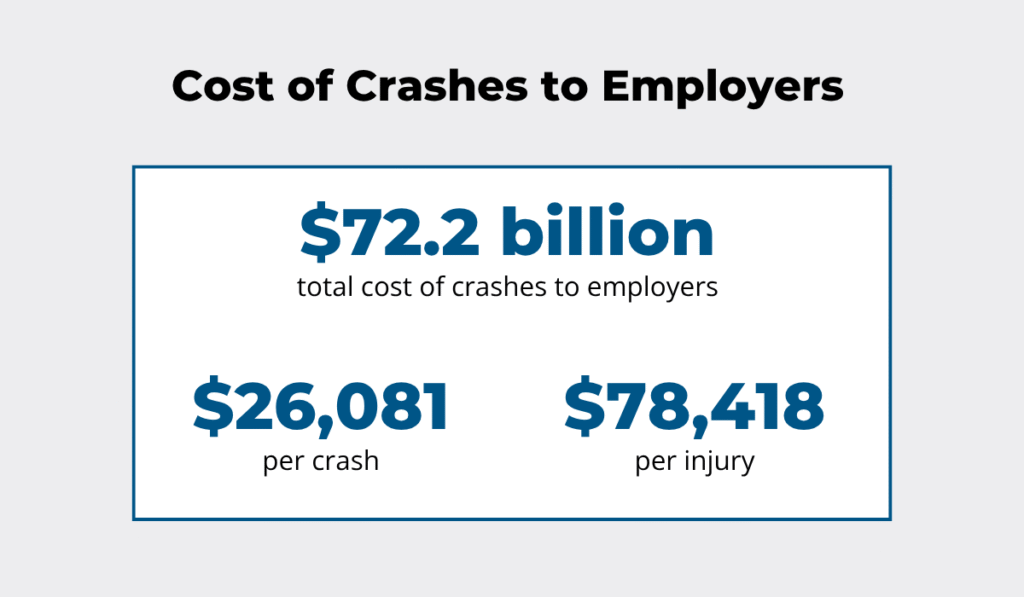
Illustration: GoCodes Asset Tracking / Data: Traffic Safety
It’s not hard to imagine why, as even minor crashes affect your operations through vehicle downtime, repair bills, and delivery delays.
And that does not even consider a serious driver injury, which can severely impact both your employee’s well-being and your business as a whole.
By focusing on driver behavior, you create a stronger culture of safety that protects your people, your vehicles, and your company’s bottom line.
Reduced Fuel Consumption
We briefly mentioned cost savings, but let’s now focus specifically on how monitoring fleet driver behavior can reduce fuel consumption.
A 2024 study on how driver actions affect fuel economy provided some interesting insights.
Unsurprisingly, the study confirmed that speeding and aggressive driving, especially in work zones and around road curves, significantly increase fuel consumption and emissions.
On the other hand, it found that calm and passive driving can greatly improve fuel economy, particularly on freeways.
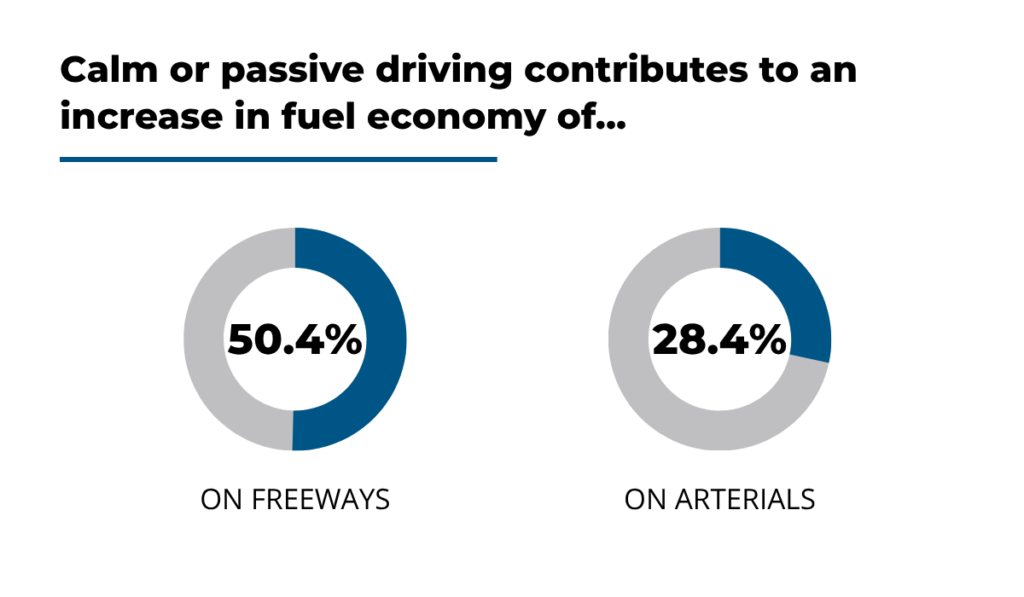
Illustration: GoCodes Asset Tracking / Data: ScienceDirect
By monitoring behaviors like speeding, harsh acceleration, and even metrics like excessive idling, you can identify which drivers are using the most fuel.
This data allows you to assess individual performance and provide targeted coaching to help them optimize their driving habits.
That’s what they did at Transport Rivals, a transport and logistics company.
By implementing Samsara, a comprehensive fleet management platform, Transport Rivals was able to get detailed insights into driver behavior.
The change directly resulted in saving around 64,000 liters of fuel annually, which also brought significant cost savings.
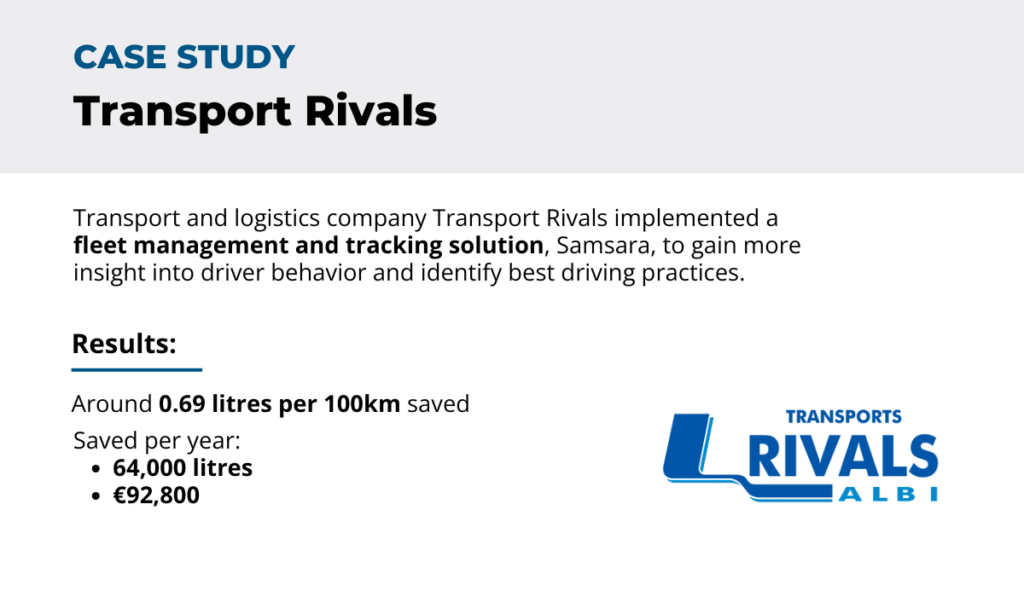
Illustration: GoCodes Asset Tracking / Data: Samsara
On top of this, some solutions can help you monitor whether drivers are making the right route decisions, as inefficiencies here add up to wasted fuel across a fleet.
Tools like GoCodes Asset Tracking offer GPS tracking with driving directions and trip data, which can help you determine whether drivers are taking the most efficient routes to their destinations.
We offer our very own GPS trackers as well as Bluetooth beacons that can seamlessly send real-time data to the system.
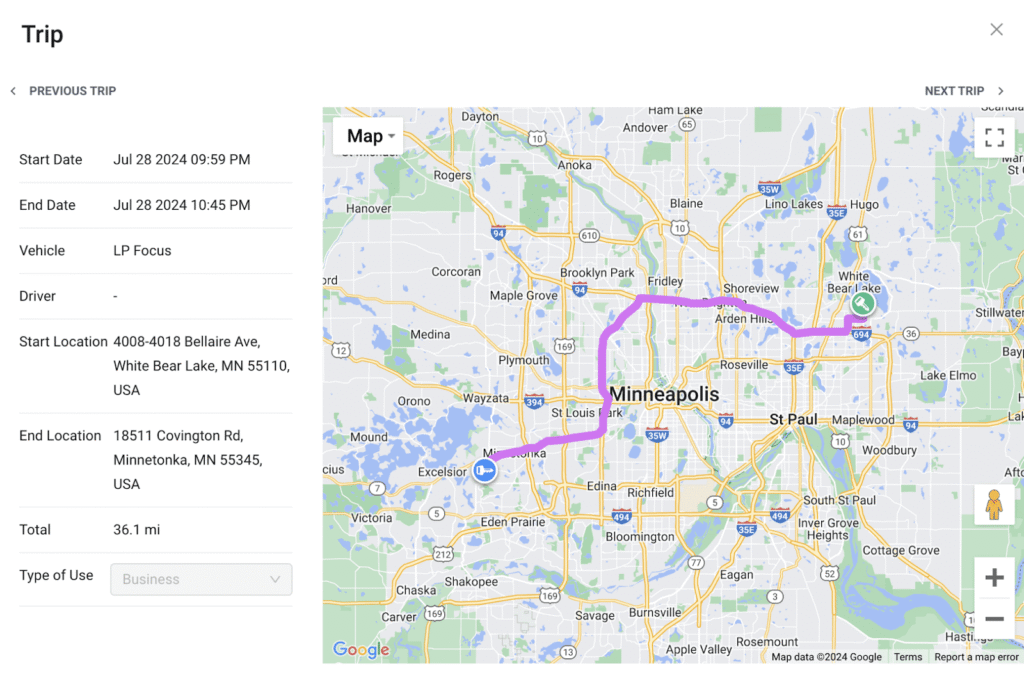
Source: GoCodes Asset Tracking
GoCodes Asset Tracking’s features allow you to see the exact routes taken and analyze trip history to ensure drivers are not going off-course or taking longer paths than necessary.
Ultimately, by addressing both driving habits and route efficiency, you can achieve substantial reductions in your fleet’s overall fuel consumption.
Longer Vehicle Lifespan
Along with increasing fuel consumption, certain driving habits can also greatly impact the overall lifespan of your fleet vehicles.
There are specific driver behaviors that cause significant vehicle wear and increase a vehicle’s maintenance needs over time.
Some of these behaviors and their direct effects on vehicle components are shown in the image below.
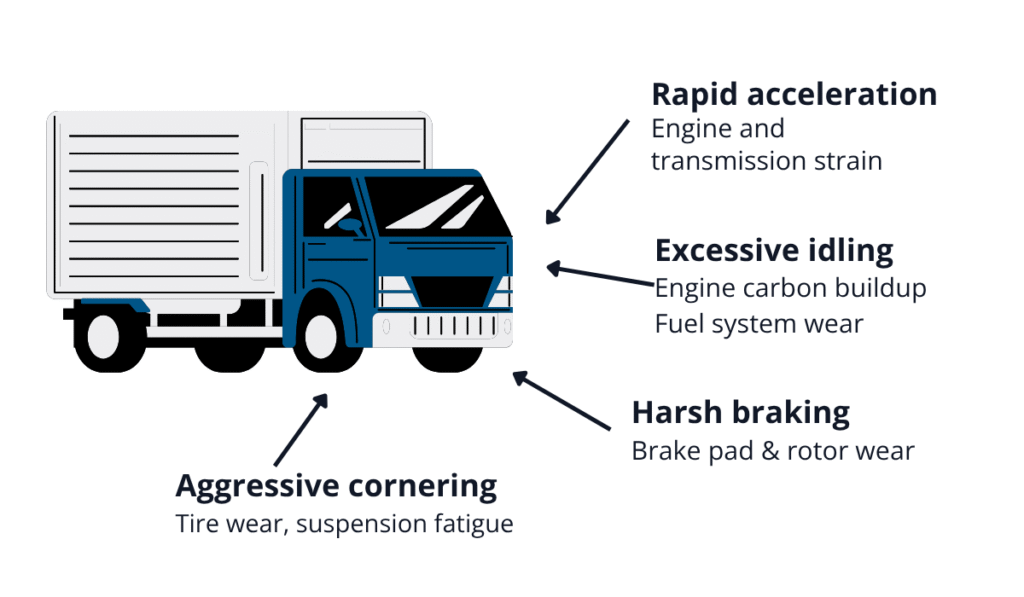
Source: GoCodes Asset Tracking
Monitoring most of these behaviors is possible with modern tracking solutions.
Once you have this data, you can identify which drivers might need additional training on how to operate their vehicles more gently.
This helps prevent unnecessary strain on engines, brakes, and tires.
In addition, some tools even come with helpful alert features for immediate action.
For example, if a vehicle idles for far too long, a real-time alert can be sent directly to a fleet manager.
This allows you to contact the driver right away to address the situation, saving fuel and reducing engine wear simultaneously.

Source: Motive
The same alert system can be set up for other metrics like speeding or harsh braking.
This helps you stop damaging behaviors as they happen, rather than discovering the consequences during a maintenance check.
Ultimately, this leads to fewer breakdowns and lower repair costs.
But beyond just manually monitoring these driver behaviors, some companies are moving toward more automated solutions.
For instance, Penske Truck Leasing now uses artificial intelligence (AI) for its fleet maintenance needs, enabling proactive detection of potential issues.

Source: Business Insider
All the data received from Penske’s vehicle telematics systems is analyzed in real-time by AI, enabling data-driven predictions for when a vehicle might need preventive maintenance.
But even without more advanced solutions and AI, monitoring driver behavior data can help you schedule service before a small issue becomes a major breakdown.
This decreases wear and tear and, importantly, keeps vehicles operational longer, reducing downtime and extending their useful lifespan.
Regulatory Compliance
Fleet operations fall under several laws and regulations designed to ensure safety and fair practices on the road.
Since many driver behaviors are directly connected to these rules, thorough monitoring is a must for staying compliant.
As non-compliance can lead to costly fines and serious legal troubles for any company operating commercial vehicles, including those in industries like construction, you must be careful when picking a monitoring system.
As Michael Precia, CEO of compliance experts Fleetworthy Solutions, comments, a truly effective system needs to take data from multiple places and help you analyze it properly.
“Technology that supports compliance and audit management needs to be able to “ingest and digest” data from an array of sources.”
Those data sources include a fleet’s own telematics systems and transportation management software.
Plus, if operating in the U.S., any metrics tracked should be following the ones used for the Compliance, Safety, Accountability (CSA) scores from the Federal Motor Carrier Safety Administration.

Source: FMCSA
The FMCSA is the U.S. government agency responsible for regulating the trucking industry to reduce crashes, injuries, and fatalities involving large trucks and buses.
Monitoring tools help you more easily adhere to these important regulations.
For example, modern systems can help you track Hours of Service (HOS), speed limits, and pre-trip vehicle inspections to ensure nothing is missed.
Systems like Teletrac Navman help fleets stay compliant by providing real-time data on driver activities.
They can help managers and drivers make informed Hours of Service decisions by automatically monitoring driving time, rest breaks, and on-duty status.
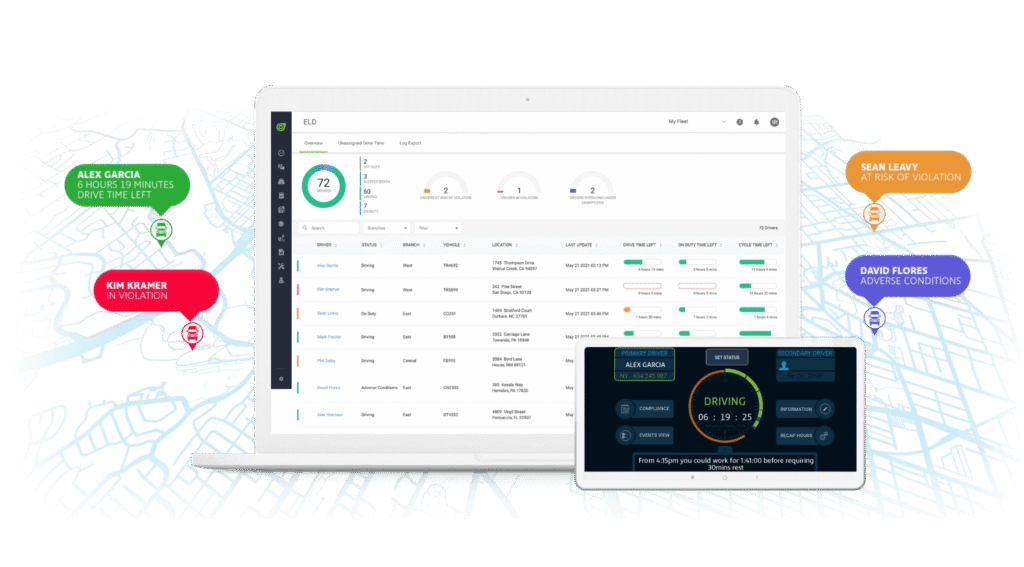
Source: Teletrac Navman
Tools like these can also be very helpful during Department of Transportation (DOT) roadside inspections.
Instead of searching through paper logbooks, a driver can instantly show an inspector their up-to-date electronic logs on a tablet or phone.
This makes the inspection process faster, reduces the risk of human error, and helps your drivers get back on the road quickly.
In short, using a monitoring system is a key strategy for maintaining regulatory compliance and protecting your business from penalties.
Better Fleet Oversight
A more general but equally important benefit of monitoring driver behavior is gaining a more comprehensive oversight of your entire fleet.
Data gathered by the company Lightfoot reveals how often dangerous or inefficient driving behaviors occurred in a study of van drivers.
The results, showing the average number of incidents per 100 miles, are presented below:
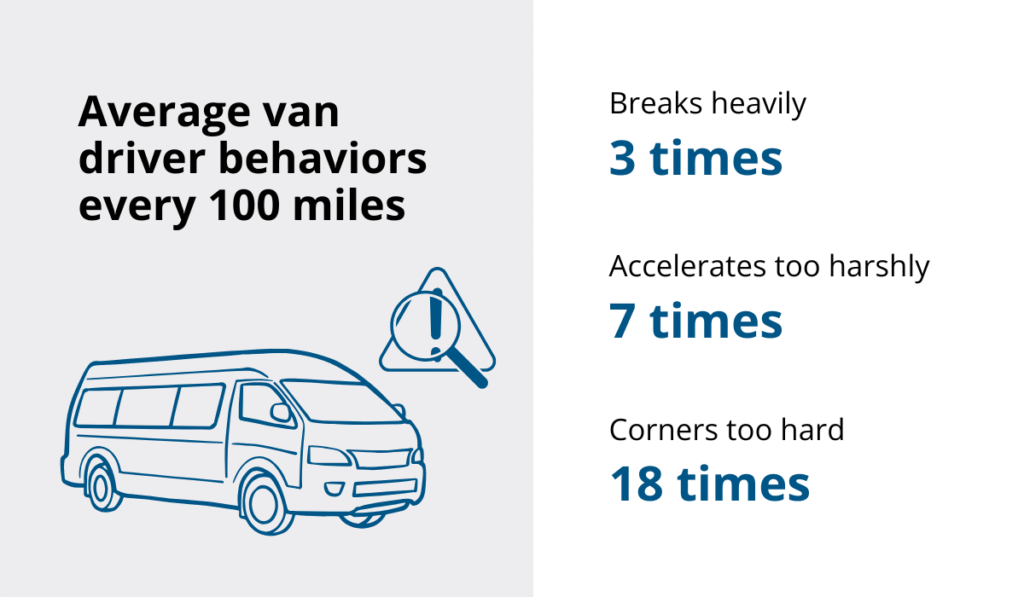
Illustration: GoCodes Asset Tracking / Data: Lightfoot
While a few instances of harsh braking or acceleration per 100 miles might not seem like much, these numbers quickly add up across thousands of miles and an entire fleet of vehicles.
With driver behavior monitoring, you get oversight of these small events, allowing you to see patterns and take appropriate action before they become costly problems.
This visibility is often increased with helpful dashboards and reports that turn raw data into easy-to-understand insights.
Take a look at an example below.

Source: CSS Electronics
When you notice that unwanted behaviors like speeding or harsh cornering are being repeated by a specific driver, you can use this concrete evidence to have a productive conversation and provide targeted training.
Even without direct action, drivers will naturally tend to follow the driving rules you set more carefully when they know their behavior is being tracked.
Finally, with real-time visibility into each vehicle’s location and use, managers can easily detect and deter any unauthorized usage or policy violations.
For example, geofence alerts can instantly notify a construction fleet manager if a vehicle strays from its authorized area.
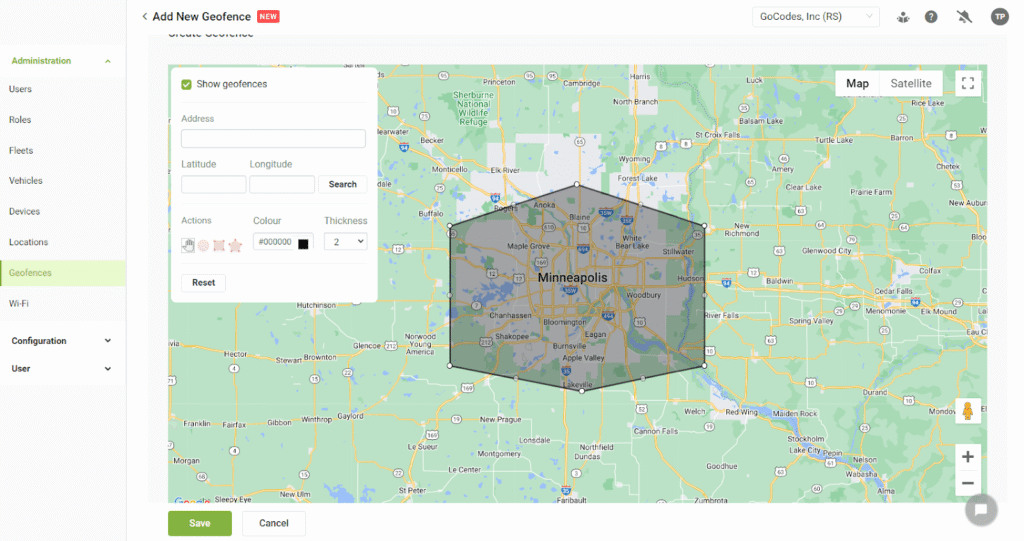
Source: GoCodes Asset Tracking
Say you had a truck assigned to a specific job site.
If that truck leaves the geofenced area of the site after working hours, the manager receives an immediate notification and can take action.
A seemingly simple feature, but it can help prevent asset misuse and ensure vehicles are used appropriately.
By combining all of these features, monitoring gives you the complete oversight needed to run a more efficient and secure operation.
Improved Company Reputation
Finally, a less obvious but significant benefit is that monitoring driver behavior can help you maintain a positive company reputation.
Your vehicles and drivers are mobile representatives of your brand, and their actions on the road can directly influence public perception.
Let’s, for a moment, consider a technology we have not yet mentioned in detail—video telematics.
Video telematics combines video cameras with telematics data to provide a comprehensive view of what is happening both outside and inside your fleet vehicles.
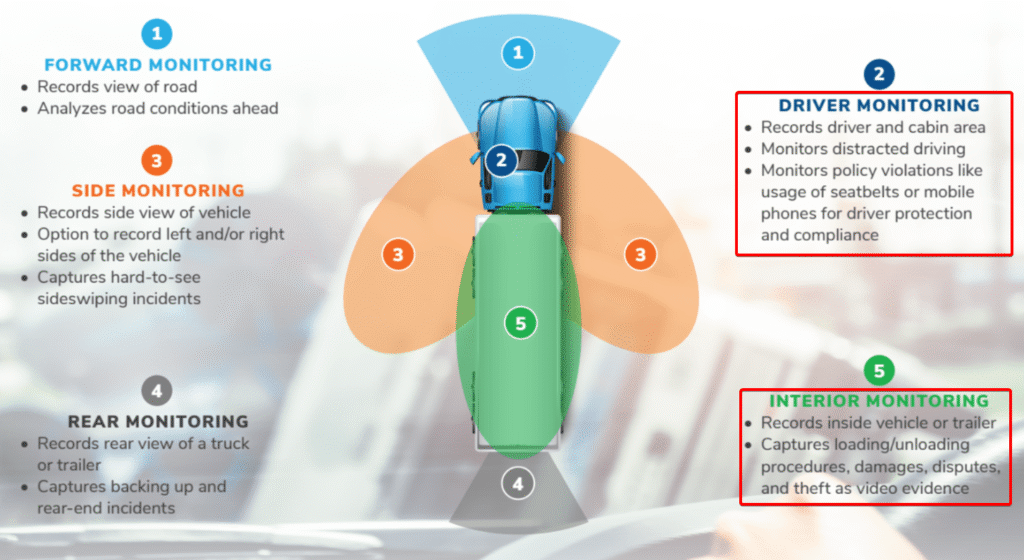
Source: Frost & Sullivan
This technology captures video footage alongside data points like speed, location, and braking force, offering clear context for any driving event.
Monitoring the drivers themselves, as well as the vehicle’s surroundings, is excellent for identifying dangerous behaviors and ensuring that proper company procedures and policies are followed.
When you can verify that drivers are adhering to procedures and can prevent negative practices like theft or unauthorized vehicle use, you protect your company from incidents that could damage its public image.
As Abhishek Gupta, SVP of Product Management at the fleet management technology company Motive, explains, the goal is to enhance safety, profitability, and sustainability for customers:
“Too often, safety is seen as a compliance requirement and not what it really is: a key element of a company’s operations that benefits the bottom line, and more importantly protects people, property, and reputation.”
Plus, as pointed out by the safety solutions provider Rear View Safety, you can use telematics data to reward your safest and most professional performers.

Illustration: GoCodes Asset Tracking / Quote: LinkedIn
This positive reinforcement can be given for maintaining excellent safety records, achieving high route efficiency, or demonstrating great customer service during deliveries.
Overall, recognizing and rewarding these positive behaviors helps build a strong company culture centered on responsibility, which in turn enhances how the public views your business.
Conclusion
By now, you should have a clearer understanding of the key benefits of monitoring your drivers.
This practice gives you greater oversight of your daily operations, saves you money on fuel, and extends vehicle life.
It also helps ensure driver safety, which protects your team and your company’s reputation.
What’s next?
Begin researching the right monitoring solutions for your needs and start working towards a more optimized fleet.


